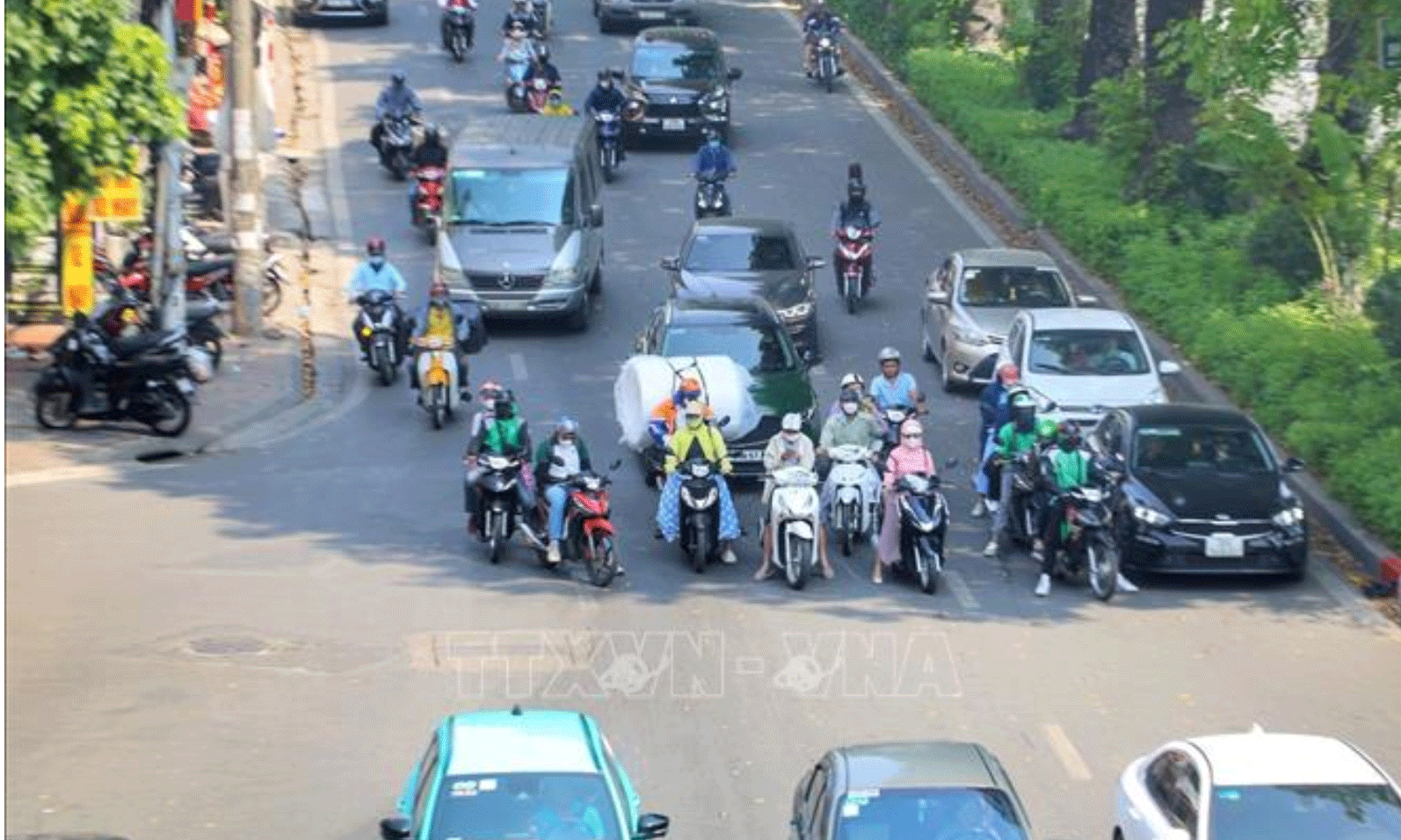 |
| Illustration photo: Tuan Duc/VNA |
North and Central Central regions have places above 37 degrees Celsius
On the afternoon of May 3, commenting on the hot weather situation in the Central region, Head of Weather Forecast Department, National Center for Hydro-Meteorological Forecasting Nguyen Van Huong said that the low pressure area in the West is currently expanding to the East.
It is forecasted that on May 4, the mountainous areas in the West from Nghe An to Quang Ngai will have hot weather with the highest temperature commonly ranging from 35-36 degrees Celsius, some places above 36 degrees Celsius; the lowest relative humidity commonly ranging from 55-60%, hot weather lasting 12-16 hours.
On May 5, the North and Central Central regions will have hot weather, some places will be extremely hot with the highest temperature commonly ranging from 35-37 degrees Celsius, some places will be over 37 degrees Celsius; the lowest relative humidity commonly ranges from 50-55%, hot weather lasts from 11-16 hours.
In addition, on May 4, the Northern region will have localized heat with the highest temperature in some places above 35 degrees Celsius.
Warning, the heat wave in the Central region is likely to continue in the coming days. Level 1 natural disaster risk due to heat wave.
"The forecast temperature in the heat bulletins and the actual temperature felt outdoors can differ by 2-4 degrees, or even higher depending on the conditions of the surface such as concrete and asphalt," Mr. Nguyen Van Huong noted.
Due to the effects of heat combined with low humidity in the air, there is a risk of explosions and fires in residential areas due to increased demand for electricity and the risk of forest fires. Heat can also cause dehydration, exhaustion, and heat stroke in the human body when exposed to high temperatures for a long time. In addition, heat also directly affects the lives and production of people and the community.
To protect the health of yourself and your family during hot days, health experts recommend that people limit going out between 11am and 2pm every day. If you have to go out, wear long-sleeved and long-legged clothes and wear a hat to cover your head and face to protect your skin as much as possible.
People need to supplement enough and moderate water every day and every hour (it is best to choose types of water such as: filtered water, fruit juice, pure green vegetable juice...) to prevent heat and compensate for lost water...
Central Highlands and Southern regions have local heavy rain.
According to Head of Department Nguyen Van Huong, currently the Central Highlands and the South have scattered showers and thunderstorms. It is forecasted that in the afternoon and evening of May 3, the Central Highlands and the South will have scattered showers and thunderstorms, with some places having heavy rain with rainfall from 10 - 30 mm, some places over 50 mm, with the possibility of tornadoes, lightning, hail and strong gusts of wind during thunderstorms.
Localized heavy rains are likely to cause flash floods on small rivers and streams, landslides on steep slopes and waterlogging in low-lying areas.
Flash floods and landslides can have very negative impacts on the environment, threaten people's lives; cause local traffic congestion, affect the movement of vehicles; destroy civil and economic works, causing damage to production and socio -economic activities.
The hydrometeorological agency noted that people need to regularly monitor forecast and warning information on the website of the National Center for Hydrometeorological Forecasting at nchmf.gov.vn, provincial, municipal and regional hydrometeorological stations, and regularly update the latest hydrometeorological forecast information on the official mass media of the Central and local levels to proactively respond, and at the same time recommend that local authorities in affected areas pay attention to reviewing the flow bottlenecks and vulnerable locations in the area to take preventive and response measures.
According to the guidance of the Department of Dyke Management and Natural Disaster Prevention and Control (Ministry of Agriculture and Environment), in the face of the above situation, affected areas should closely monitor developments of heavy rain, floods, flash floods, landslides, and promptly and fully inform authorities at all levels and people to proactively prevent, respond, and minimize damage.
Localities deploy shock forces to inspect and review residential areas along rivers, streams, and low-lying areas to proactively organize the relocation and evacuation of people in areas at high risk of deep flooding, flash floods, and landslides; organize forces ready to control and direct traffic, and place warning signs, especially through culverts, spillways, and areas with deep flooding and fast-flowing water; proactively arrange forces, materials, and means to overcome incidents, ensuring smooth traffic on main traffic routes when heavy rain occurs...
( According to https://baotintuc.vn/van-de-quan-tam/khu-vuc-trung-bo-nang-nong-gay-gat-tay-nguyen-va-nam-bo-mua-dong-20250503161803989.htm )
Source: https://baoapbac.vn/xa-hoi/202505/khu-vuc-trung-bo-nang-nong-gay-gat-tay-nguyen-va-nam-bo-mua-dong-1041524/







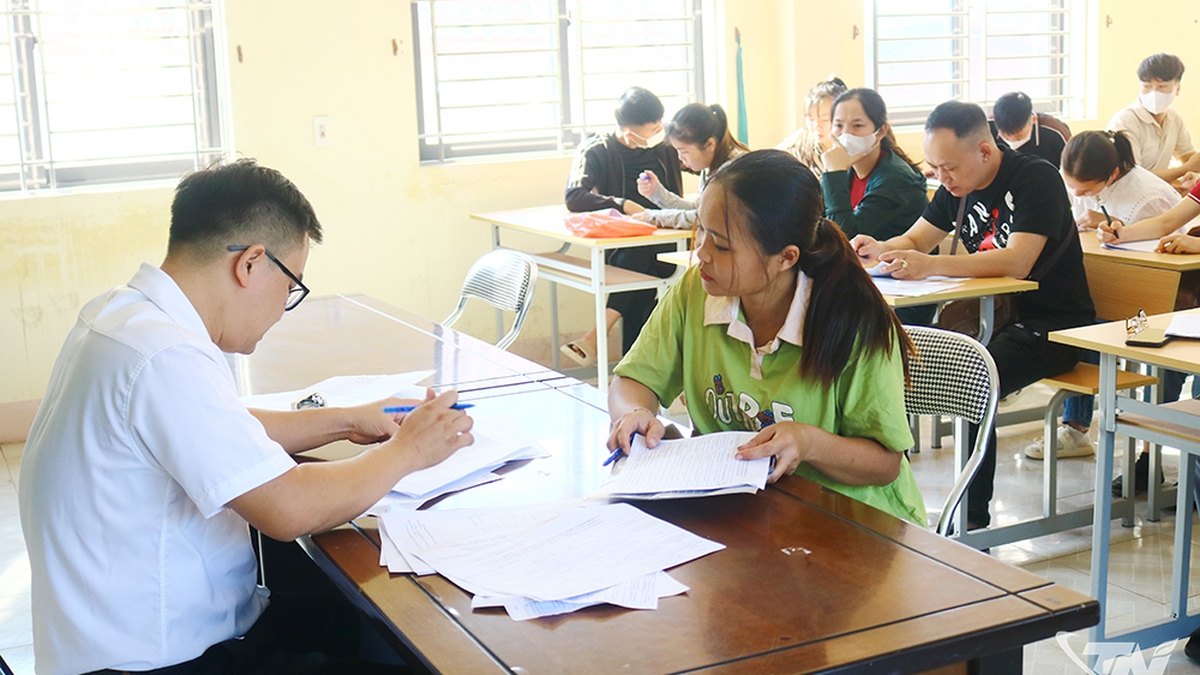
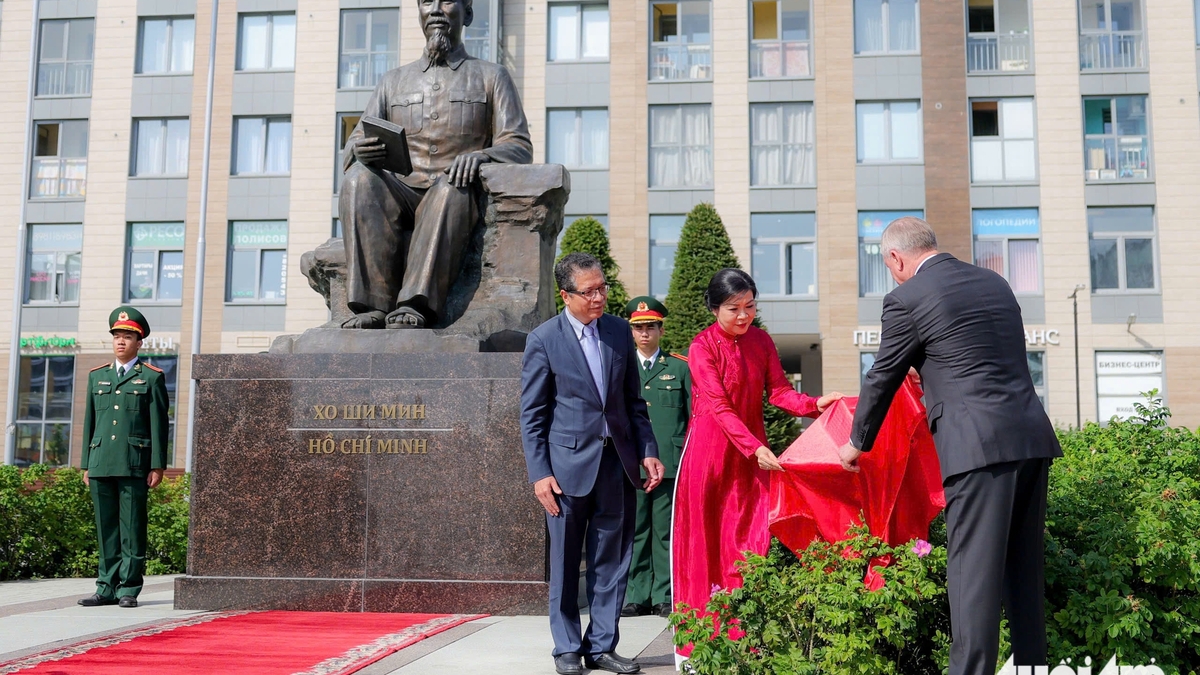















![[Photo] National Assembly Chairman attends the seminar "Building and operating an international financial center and recommendations for Vietnam"](https://vphoto.vietnam.vn/thumb/1200x675/vietnam/resource/IMAGE/2025/7/28/76393436936e457db31ec84433289f72)
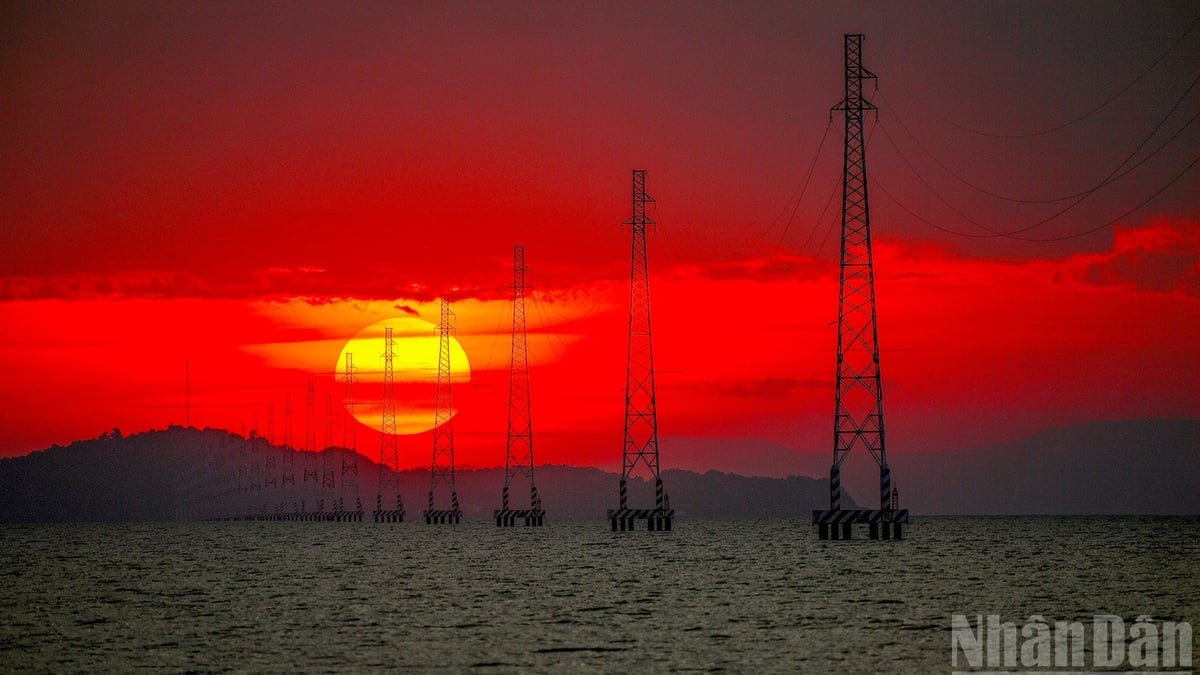






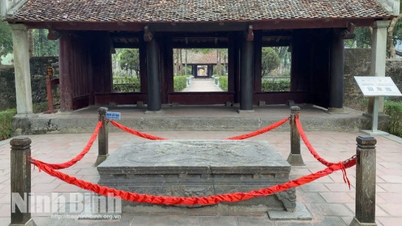

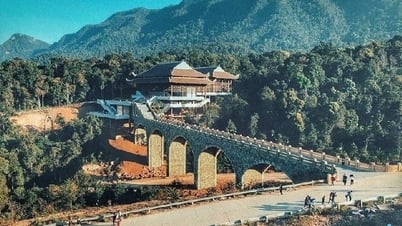

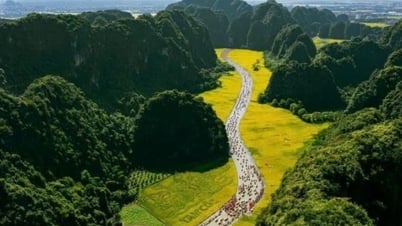









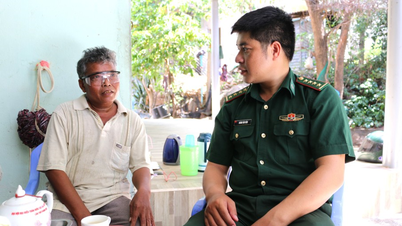

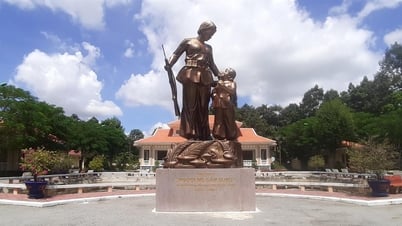
















































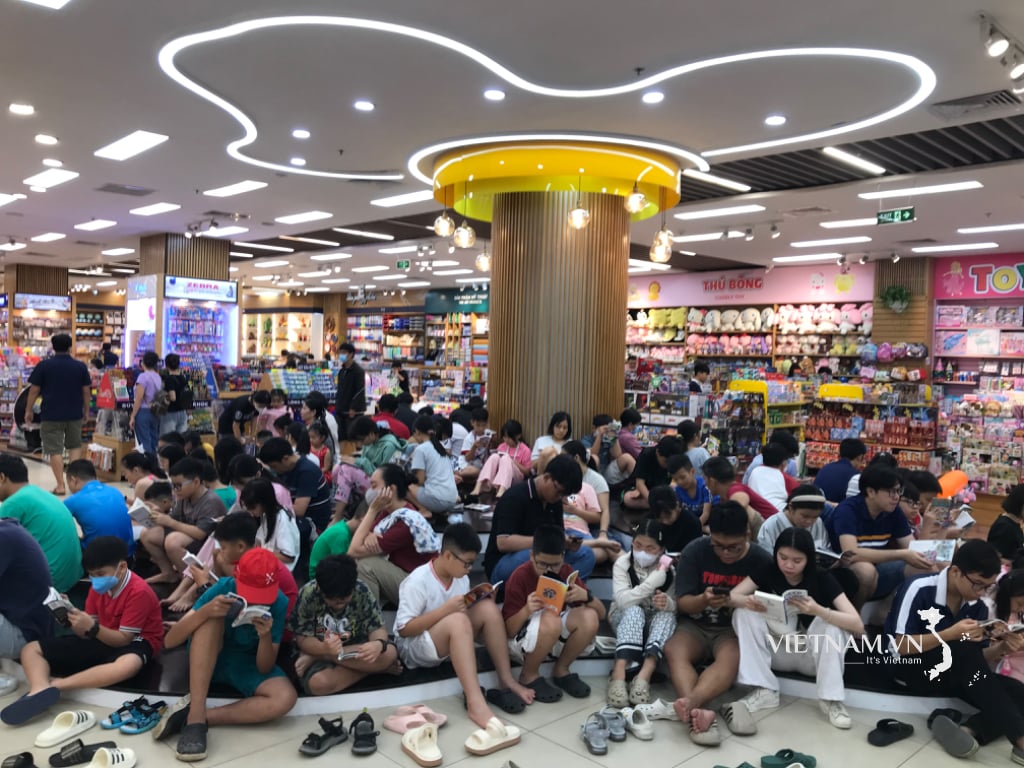

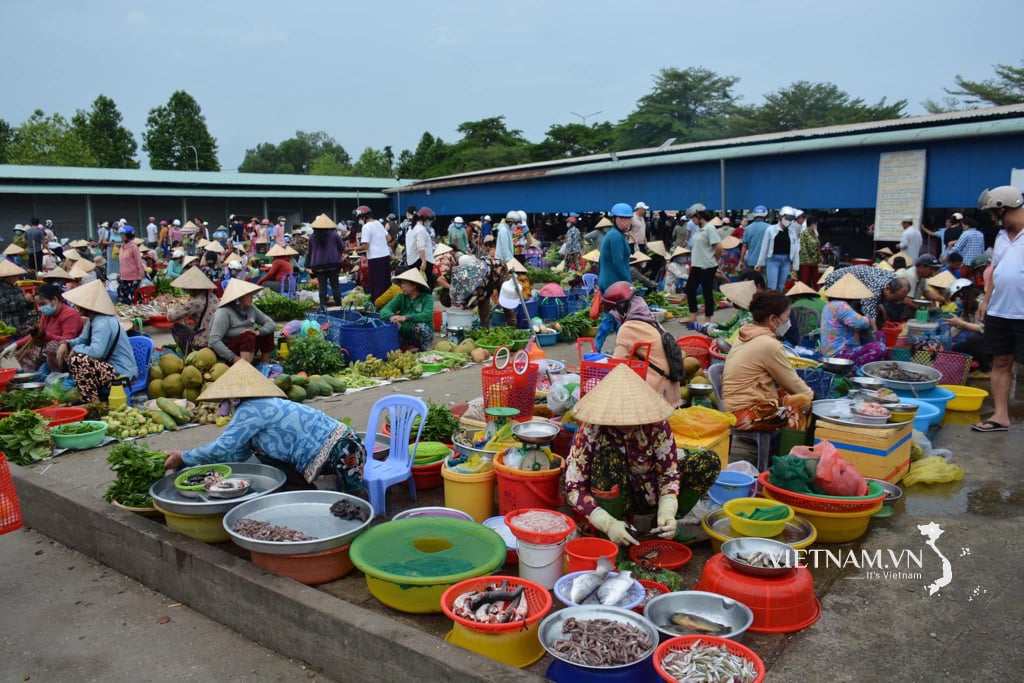

Comment (0)